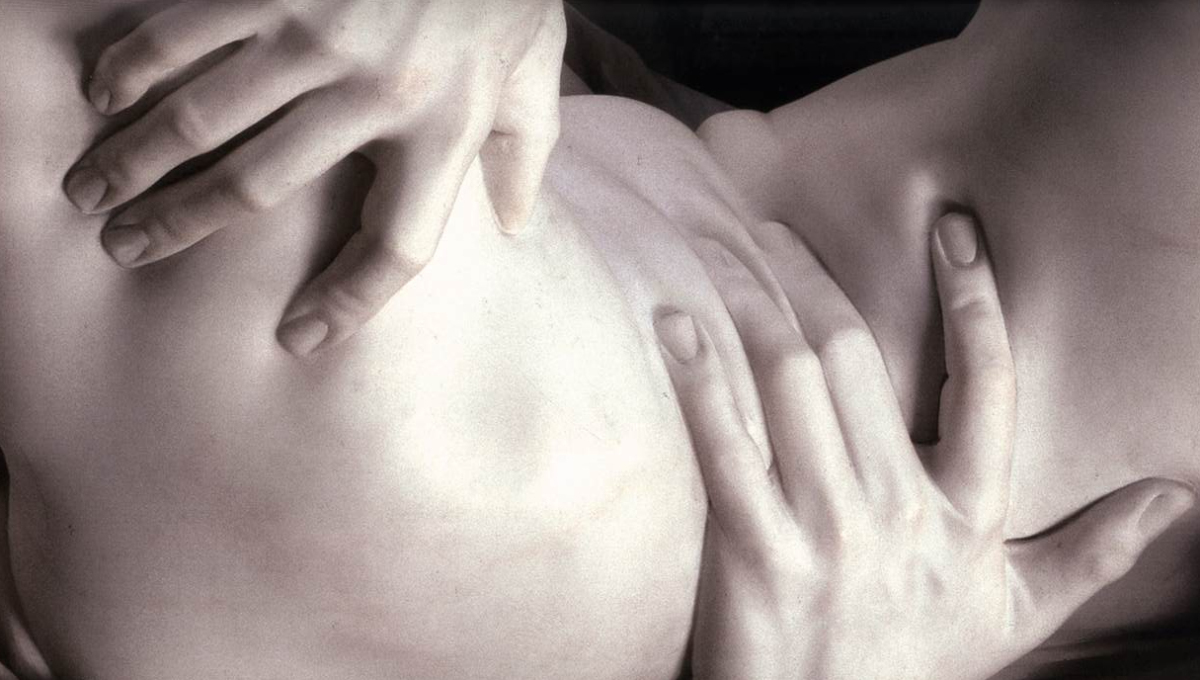Before we begin, we want to remind you that today is the LAST DAY to participate in the Patio de Sombras draw. So if you haven’t already, what are you waiting for? There are prizes of 2000€ in books, magazines and more at your fingertips. Run, it’s over! In a few weeks we will announce the winners, good luck!
Luck is a concept inextricably linked to the world of the esoteric, of the irrational or random, in which we believe or cease to believe; which we frenetically try to attract like a sort of magnet – worth the redundancy – before the challenges of our day to day, or whose rituals and sayings curse us daily under a staircase or on the other side of a broken mirror.
This fortune, countersigned by celestial bodies, or by magazine back covers, makes a dent in the avid reader who ingests the prophecy and, without being conscious, prepares to carry it out to its ultimate consequences. The bakery that will go bankrupt due to a lack of customers, or the marriage that will emerge after a serious crisis, in one way or another seemed destined to do so from a certain point of view.
The Pygmalion effect
Greek mythology tells that the sculptor Pygmalion was a solitary man who one day, for no apparent reason or model on which to rely, began to sculpt the effigy of a girl, who was gradually chiseling with such love and devotion that he made the most beautiful statue ever contemplated. Once the beautiful work was finished, Pygmalion dressed her in clothes appropriate to her beauty, and a garland of flowers on her head. After this, the sculptor decided to passionately kiss the cold marble, with the unfounded hope of finding an answer in the statue with which he seemed to have fallen in love.
Venus, perhaps one of those stars of good fortune, who watched him motionless in front of his work, passed by the statue and gave life to such magnificent beauty. The statue came down from the pedestal with a life of its own and gracefully approached Pygmalion, who did not come out of his astonishment. Thus, according to Greek mythology, Galatea was born, as a result of the artist’s hope and anxiety to achieve an unattainable event, and by means of apparently superhuman instruments.

Unfortunately, in the face of our best hopes and needs, Venus rarely stands by our side to blow in our direction; although this does not mean that the so-called Pygmalion Effect is a farce: Self-fulfilling prophecies affect us, both positively and negatively, throughout our daily lives. And while talking about a social and personal predisposition to achieve a predicted event seems to be a justification a posteriori of events, it is perhaps a factor to be taken into account more than it seems.
The disposition of an individual to achieve -or suffer- a concrete fact, generates a modification in his own self-esteem and in his state of mind, altering the process in which the subject intervenes, as well as the form in which the people that surround him interact with him, critically modifying the result.

From “employee of the month” to “black sheep”
Once the Pygmalion effect has been defined and studied by personalities such as Rosenthal and Jacobson, McClelland or Bernard Shaw, work has been done on it to try to demonstrate certain behaviours unconsciously produced in social relations on a daily basis.
The numerous results refer, for example, to the didactic term, which speaks of the tutor’s predisposition to formulate his own expectations of a particular pattern of student, favoring their development through tone of voice, response time, number of stimuli … Between this, the student increases his disposition to respond correctly and, basing the expectations of the tutor, the unconscious behavior is favoured. The continuation of this development over time makes a vital difference between students, which in some cases will mark them for the rest of their career. This same assumption can be applied to family psychology, marking the differences between siblings in the course of their education, or to the term of employment in what refers to employer-employee relationship.

Despite the fact that the intervening factors are much more complex and mark the why of these initial expectations and more abundantly of development, it is clear from this journey that the relationship between predisposition and outcome is much more present than we are often capable of imagining, which on certain occasions can become a burden on future decisions. Ballasting future events with past decisions can make the Pygmalion effect -or Golem effect, in the case of being negative- an abyss towards defeat and lack of self-esteem.
Faced with this, the only tool of the artist, of the creator or of any of us who struggle to get ahead is the assertiveness of a job well done and personal satisfaction beyond the aspect we face. Predisposition can make the difference between “lucky or unlucky”, but failure will never mean defeat.
Header: Fuente
